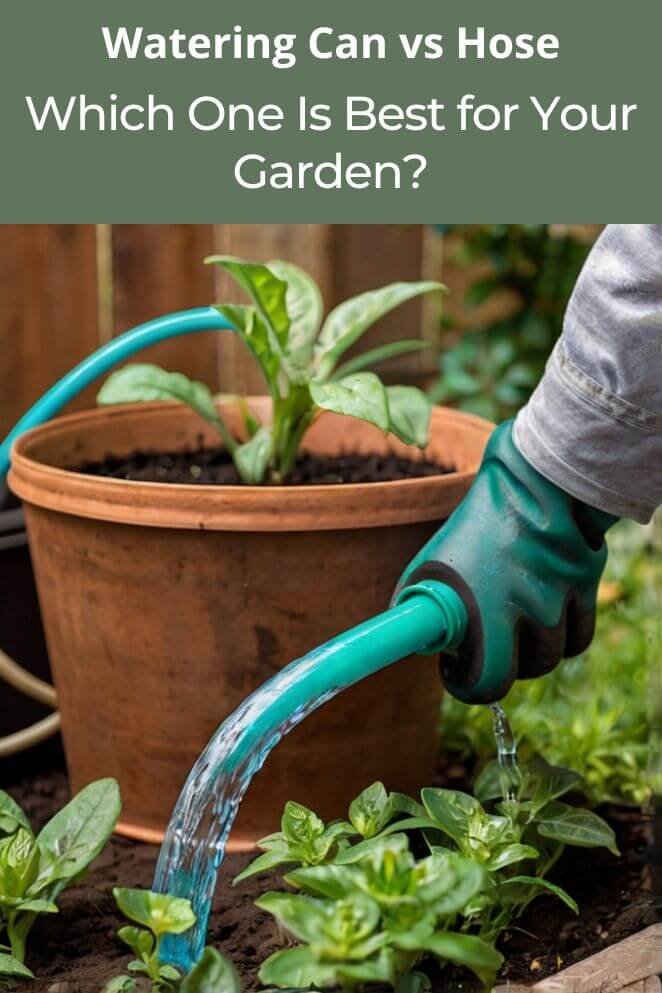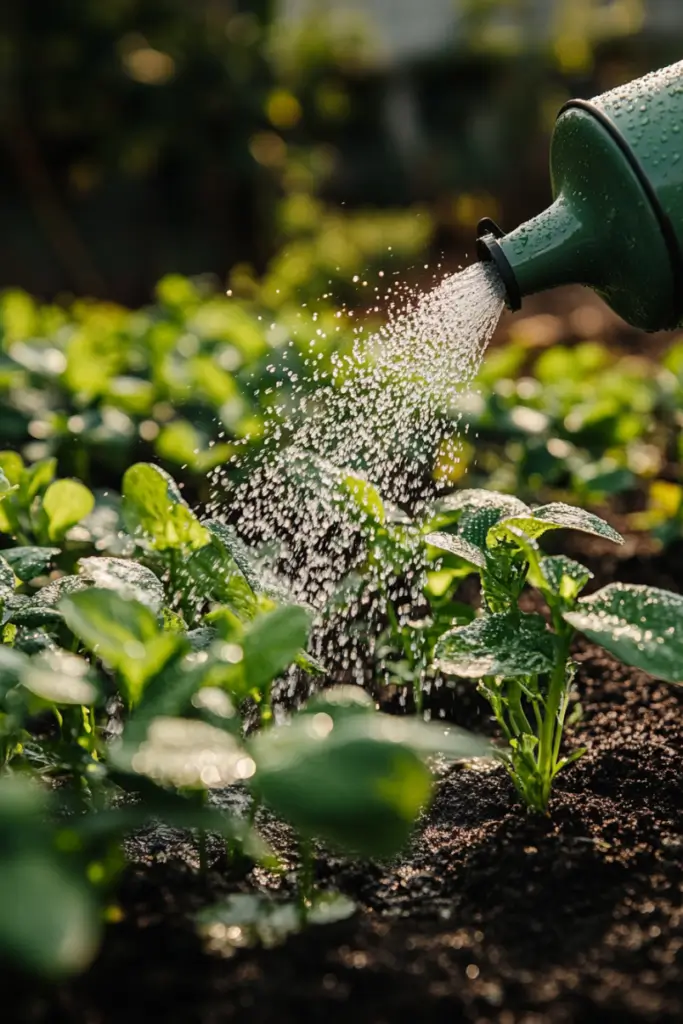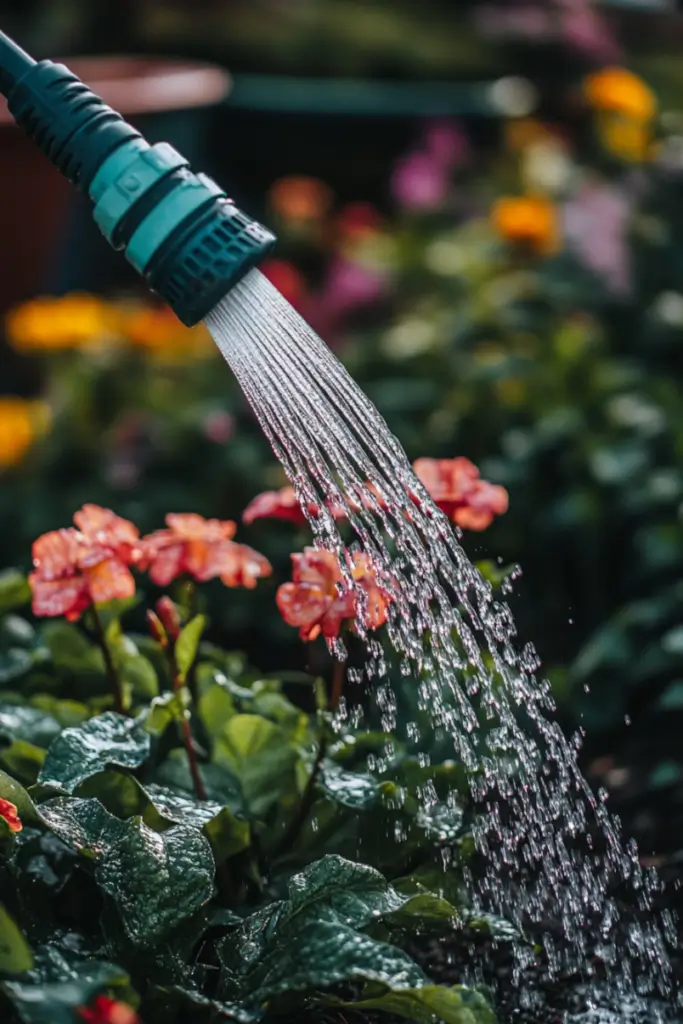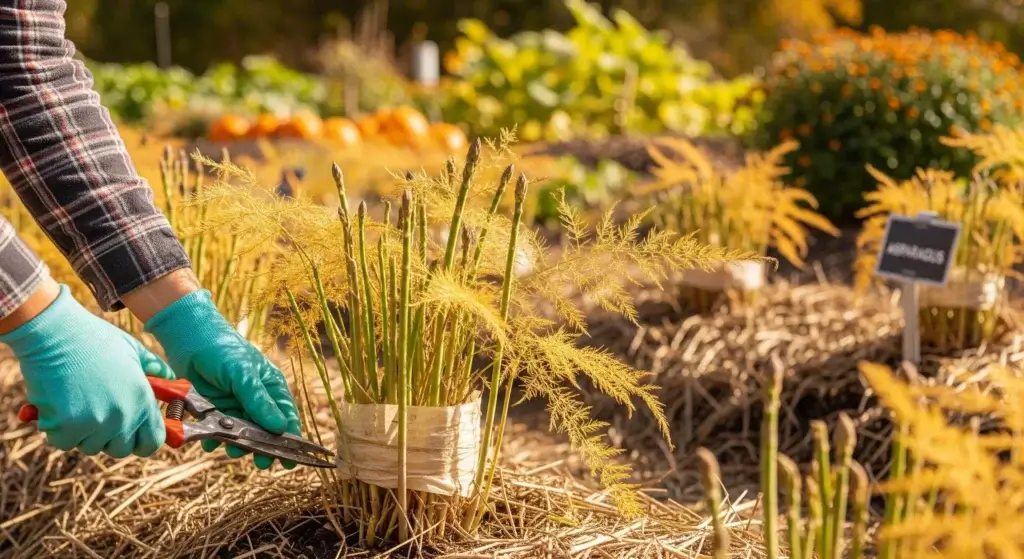
When it comes to watering your garden, the tools you choose can make a significant difference in the health and growth of your plants.
Among the most common tools are the trusty watering can and the versatile drip hose.
Both have their advantages and drawbacks, and choosing the right one depends on your specific gardening needs.
In this article, we’ll explore the pros and cons of using a watering can versus a hose, helping you make an informed decision that best suits your garden.
About Watering Can and Drip Hose
Watering can
The watering can is a classic tool that has been used by gardeners for centuries.
It’s simple, portable, and allows you to control the amount of water each plant receives.
Watering cans come in various sizes, materials, and designs, making them a flexible option for gardens of all sizes.
They are particularly useful for small gardens, indoor plants, and container gardening.
Drip hose
On the other hand, a drip hose (or soaker hose) is a more modern and efficient method of watering.
This hose is designed to release water slowly along its length, allowing it to seep directly into the soil.
Drip hoses are often used for larger gardens, flower beds, and vegetable patches.
Types of drip hoses:
- Flat drip hoses: These hoses are typically made of a thin, flat material and have small holes spaced along their length.
- Tubing with emitters: This type of drip hose has pre-installed emitters that release water at a specific rate.
- Soaker hoses: Soaker hoses are designed to release water gradually over a larger area, making them suitable for lawns and ground covers.

- Read also: DIY Plant Watering System: Keep Your Plants Hydrated
- Read also: Hydration Innovation: DIY Plant Watering Bottle Ideas
Pros and Cons of Using a Watering Can
Pros
Precision in watering
One of the greatest advantages of using a watering can is the level of control it offers.
You can direct the water exactly where it’s needed, whether you’re targeting the roots of a particular plant or carefully watering seedlings without disturbing the soil.
This precision ensures that each plant receives the appropriate amount of water, reducing water waste.
Cost-effective
Watering cans are a cost-effective option for gardeners because they are affordable and readily available.
They are relatively cheap to purchase and can be easily found in various stores or online retailers.
This makes them a budget-friendly choice for those who want to water their plants without spending a lot of money.
Portability
Watering cans are designed to be lightweight and easy to carry, making them perfect for watering plants in various locations around your home or garden.
Whether you’re tending to indoor plants, outdoor flower beds, hanging baskets, or even potted plants on a balcony, a watering can allows you to easily reach all areas, including those that are difficult to access with a hose.
Gentle on plants
The spout of a watering can is typically designed to release water gently, which is particularly beneficial for delicate plants.
This gentle flow prevents soil erosion around the roots and reduces the risk of damaging young or fragile plants.
The softer water stream is especially useful when dealing with seedlings or newly transplanted plants that need careful attention.
No setup or installation required
Unlike hoses or irrigation systems, a watering can requires no setup or installation. You simply fill it with water and start watering.
This simplicity is especially useful for those who prefer low-maintenance gardening tools or for situations where you need to water plants quickly without the hassle of connecting hoses or dealing with tangled pipes.
Cons
Time-consuming process
Watering a large garden or multiple plants with a watering can can be a time-consuming task.
Since you can only water a small area at a time, you may need to make several trips to refill the can, especially if you’re working with a larger garden.
This can turn a simple task into a prolonged activity, especially during hot weather when plants require more frequent watering.
Limited water capacity
Most watering cans have a limited capacity, typically holding between 1 to 2 gallons of water.
While this is sufficient for small to medium-sized gardens, it can be inconvenient for larger spaces.
Frequent refills are necessary, which can become tedious, particularly if your water source is far from your garden.
Inefficient for large areas
Watering cans are practical for small gardens, potted plants, or specific areas that require careful attention.
However, they become inefficient when used for large lawns, fields, or extensive garden spaces.
Watering large areas with a can is not only slow but also labor-intensive.
The manual effort required to water large spaces makes it an impractical choice.
This process can take hours, which would be better suited to more efficient watering methods, such as a sprinkler system or a hose.
Physical strain
Carrying a full watering can, especially for extended periods, can be physically demanding.
This task can put strain on your back, shoulders, and arms, particularly if you need to make multiple trips to cover all the plants in your garden.
For individuals with mobility issues or those who are not used to heavy lifting, this can lead to discomfort or even injury over time.

Pros and Cons of Using a Drip Hose
Pros
Efficiency in water delivery
Drip hoses are designed to deliver water directly to the base of plants, where it’s needed most.
Unlike traditional sprinklers, which can waste water by spraying it into the air or onto areas where it isn’t needed, a drip hose ensures that moisture goes straight into the soil.
This direct delivery reduces water loss due to evaporation and runoff, making it an efficient watering method.
Time-saving convenience
Once a drip hose system is set up, it requires minimal effort to maintain.
The system can be programmed to water your garden automatically at specific times, freeing you from the daily task of manual watering.
This is especially useful for busy gardeners or those with large gardens, as it allows you to focus on other tasks while ensuring that your plants receive consistent hydration.
Water conservation
Drip hoses are an environmentally friendly option because they conserve water by delivering it slowly and directly to the roots of your plants.
This method reduces the amount of water that evaporates or runs off into areas where it isn’t needed.
Over time, this conservation can lead to significant water savings, which is especially important in regions where water is scarce or during periods of drought.
Customization
Drip hose systems are highly flexible and can be customized to fit the unique layout of your garden.
Whether you have a small vegetable patch or a large flower bed, the system can be expanded or adjusted to ensure that every part of your garden receives the right amount of water.
This scalability makes it suitable for gardens of all sizes and shapes.
Cons
Initial setup complexity
Setting up a drip hose system can be a bit daunting, especially for those new to gardening or unfamiliar with irrigation systems.
The process involves planning the layout of the hoses, connecting them properly, and ensuring that the water pressure is consistent throughout the system.
This initial setup can be time-consuming and may require some technical know-how, which can be a barrier for beginners.
Ongoing maintenance requirements
While drip hoses are generally low-maintenance, they do require regular upkeep to function properly.
Over time, the small openings in the hoses can become clogged with dirt, debris, or mineral deposits, reducing the efficiency of the system.
Regular cleaning and maintenance are necessary to prevent clogs and ensure that the system continues to deliver water evenly to your plants.
Higher initial cost
The initial investment for a drip hose system can be higher compared to more basic watering tools like watering cans or standard hoses.
While the long-term benefits of water and time savings can offset this cost, the upfront expense can be a consideration, especially for those on a tight budget.
Less precision in watering
Unlike a watering can, which allows you to target specific plants with precision, a drip hose delivers water uniformly across the entire area it covers.
This lack of precision can be a drawback if certain plants in your garden have different water needs.
In such cases, you may need to supplement the drip hose with additional watering methods to ensure that all plants receive the appropriate amount of moisture.

- Read also: Nurturing Greenery: A Guide to DIY Plant Watering Globes
- Read also: A Step-by-Step Guide: DIY Self-Watering Raised Garden Bed
Factors to Consider When Choosing
When deciding between a watering can and a drip hose, consider the following factors:
- Garden size: For small gardens or container plants, a watering can is often sufficient. However, for larger gardens or areas with many plants, a drip hose may be more practical and time-saving.
- Plant types: Some plants have specific watering needs. If you have a variety of plants with different water requirements, a watering can may allow for better control. However, if your plants have similar needs, a drip hose could be more efficient.
- Time and effort: Consider how much time you’re willing to spend on watering. If you prefer a quick and automated solution, a drip hose is the way to go. For gardeners who enjoy the hands-on experience and have smaller areas to manage, a watering can may be more satisfying.
- Water conservation: If water conservation is a priority, a drip hose system is generally more efficient, reducing water waste through precise delivery. A watering can, while less efficient, allows for more conscious water usage if used carefully.
- Budget: Budget plays a role in your decision. Watering cans are more affordable upfront, while drip hoses may require a larger initial investment but can save money on water bills in the long run.
Conclusion
Both watering cans and drip hoses have their place in the garden, each offering unique benefits depending on your gardening needs.
If you have a small garden or enjoy the hands-on approach, a watering can might be the perfect tool for you.
On the other hand, if efficiency and water conservation are your priorities, a drip hose could be the better choice.
Ultimately, the best tool for your garden depends on your specific circumstances, including garden size, plant types, and personal preferences.
FAQs
While it’s possible, drip hoses are generally more suited for larger garden areas. For container gardening, a watering can offers better control and precision.
It depends on your plant’s needs and the weather conditions. Generally, running the drip hose for 30 minutes to an hour, two to three times a week, should suffice.
Watering cans are made from plastic, metal, or ceramic. Plastic is lightweight and affordable, while metal is more durable but heavier. Choose based on your preference and garden needs.
Drip hoses are designed to work with low water pressure, making them ideal for conserving water while ensuring your plants get the moisture they need.



